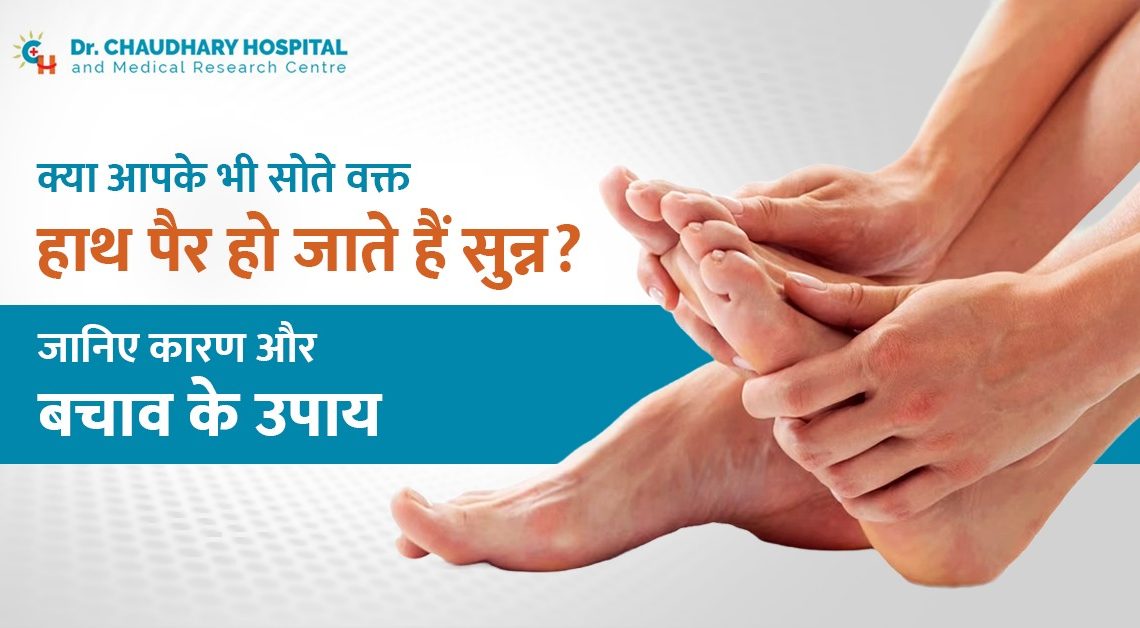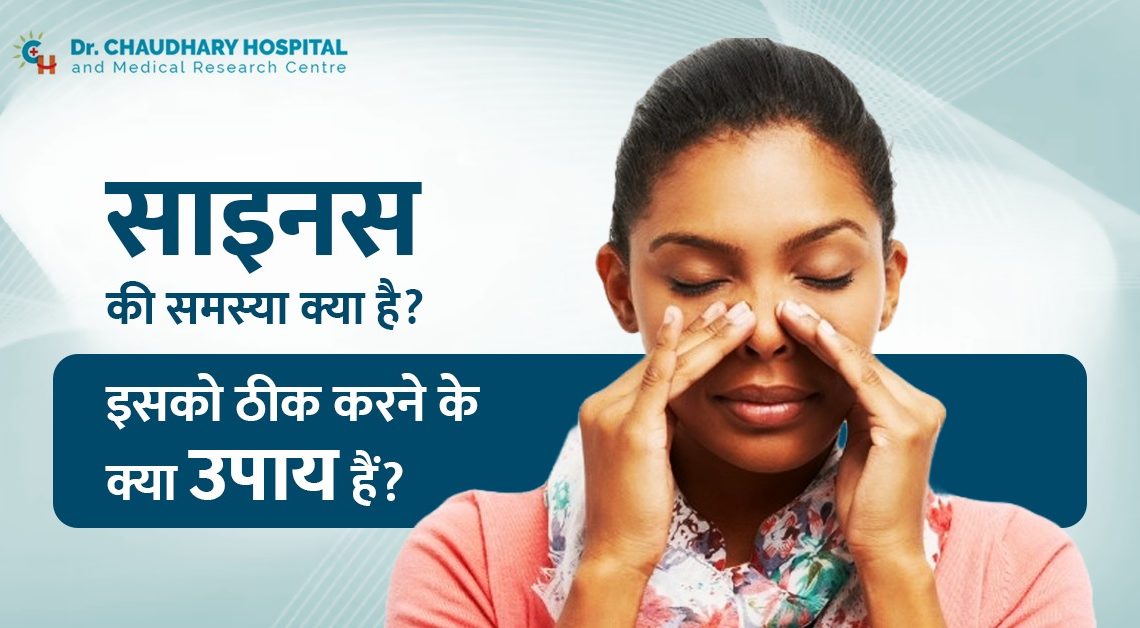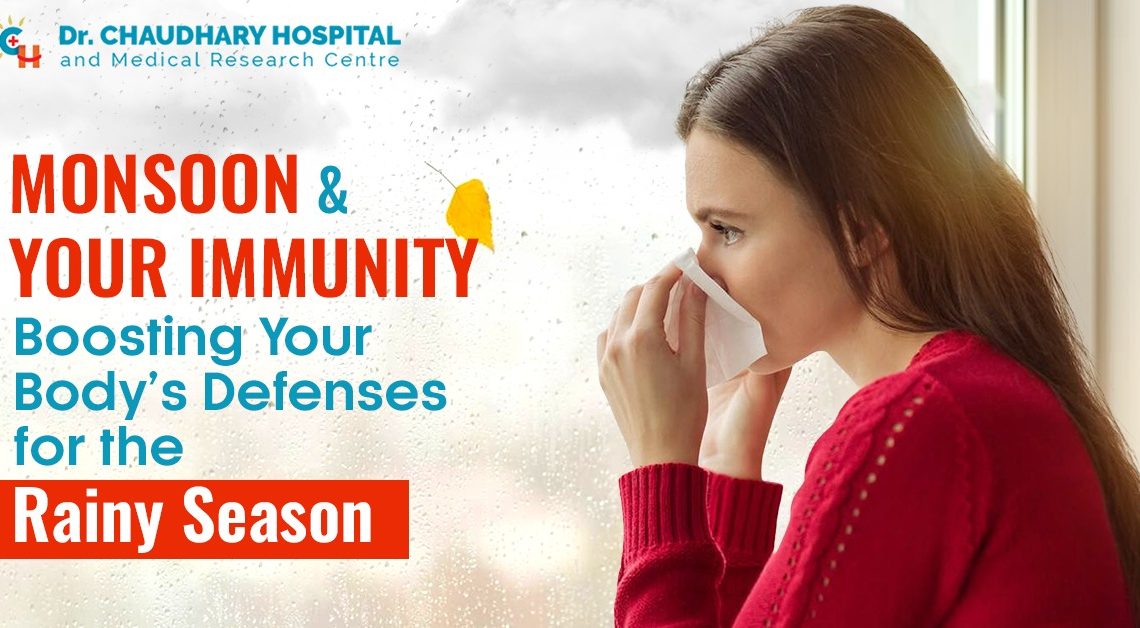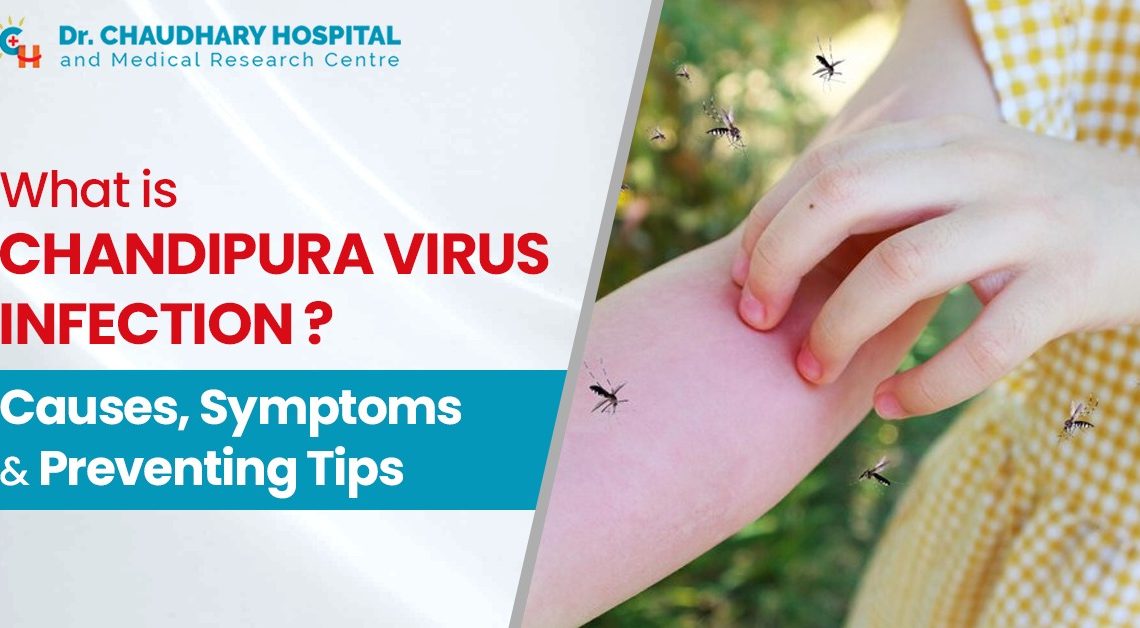Many young patients are surprised when their doctors tell them they have high cholesterol. They often think of how that can be as they are young, thin, and look nothing at all like those people with high cholesterol on TV. There is a common notion that people with their weights on the higher side are the ones who are more prone to having high cholesterol.
Cholesterol levels can be influenced by many things, but genetics play a crucial role. So even thin people can have high cholesterol. However, if someone is overweight and has poor eating habits, their cholesterol levels can be even higher. Let us take a holistic look at what cholesterol is, symptoms that can make you aware of your cholesterol level, and some other misconceptions about it.
What is High Cholesterol?
High cholesterol, also known as hypercholesterolemia, is when you have too much cholesterol in your blood. Cholesterol is a fat-like substance that’s found in some foods and is also made by your liver. While we need cholesterol for things like making hormones, vitamin D, and building cell membranes, too much of it can be harmful.
There are two main types of cholesterol:
LDL (Low-Density Lipoprotein): Often called “bad” cholesterol, it can build up in your arteries and form plaques.
HDL (High-Density Lipoprotein): Known as “good” cholesterol, it helps remove LDL from your bloodstream.
When there’s too much LDL, it can narrow your arteries by forming plaques, which can restrict blood flow. If a plaque breaks open, it can cause a blood clot, leading to serious heart issues like heart attacks or strokes.
How Can You Tell If You Have High Cholesterol?
High cholesterol often goes unnoticed until a blood test reveals it. It’s sneaky like that. But don’t let that fool you—high cholesterol is a major risk factor for heart disease. If it leads to Atherosclerosis (where your arteries get narrowed or blocked), you might start noticing symptoms when blood flow to key organs like your heart or brain is reduced.
Some signs and symptoms that may arise due to high cholesterol and Atherosclerosis include:
- Chest pain
- Shortness of breath
- Heart attack
- Stroke
Thin or Skinny People do not need to worry about High Cholesterol? – Busting Myths
It’s a common myth that only overweight people need to worry about high cholesterol. But it is far from the truth! Thin or skinny people can also have high cholesterol if they eat unhealthy foods, don’t exercise, or have a family history of it. Let’s bust some common misconceptions that will clear the air around why skinny people can also be at the risk of high cholesterol:
Only Overweight People Have High Cholesterol
Thin people can have high cholesterol too. Cholesterol levels aren’t determined by body weight alone. Even if you’re slim, unhealthy eating, lack of exercise, or family history can lead to high cholesterol.
Children Don’t Need to Worry About Cholesterol
Cholesterol issues can start young, especially if there’s a family history of high cholesterol. This condition, known as familial hypercholesterolemia, can put children at risk for heart disease. It’s important to identify and treat it early, with lifestyle changes and possibly medications.
Cholesterol Testing Can Wait Until Middle Age
It’s recommended that all adults 20 and older have their cholesterol checked every four to six years. Early testing helps assess and manage risks for cardiovascular disease.
Cholesterol is Only a Concern for Men
Both men and women need to monitor their cholesterol. While women may have some protection during their premenopausal years due to higher estrogen levels, cholesterol can still rise after menopause. It’s crucial for women to have regular checks and discuss risks with their healthcare providers.
You Should Wait for Your Doctor to Mention Cholesterol
Taking charge of your health means asking your doctor to check your cholesterol starting at age 20. Understanding your risk can help you take action, whether through lifestyle changes or medication.
Diet and Exercise Alone Control Cholesterol Levels
While diet and exercise are important, other factors like age, weight, and genetics also play a role in cholesterol levels. A heart-healthy lifestyle is vital for everyone, regardless of these factors.
Medication Eliminates the Need for Lifestyle Changes
Cholesterol-lowering medications are effective, but they work best when combined with a healthy diet and regular exercise. Medication should be part of a broader strategy to reduce heart disease and stroke risk.
If a Food Label Shows No Cholesterol, It’s Heart-Healthy
Foods with no cholesterol can still be unhealthy if they are high in saturated or trans fats. It’s important to read labels carefully and choose foods low in these unhealthy fats.
Switching from Butter to Margarine Will Solve Cholesterol Problems
While margarine may have less cholesterol than butter, many types still contain unhealthy fats. The healthiest option is a liquid or soft margarine made with vegetable oils.
By understanding these misconceptions, you can take proactive steps to manage your cholesterol and reduce your risk of heart disease. By staying informed, getting regular checkups, and adopting a heart-healthy lifestyle, you can take control of your cholesterol levels and protect your heart.










